Hope could be on the horizon for pump prices after the cost of fuel increased for the fourth straight month in a row, according to new analysis by the RAC.
Petrol was up by 2p a litre and diesel by almost 3p in January.
Petrol increased to an average of 139p (136.9p at start of 2025) and diesel to 145.7p (from 142.9p).
It means petrol is now 4p more expensive than it was at the start of October and diesel nearly 6p dearer than four months ago.
The RAC says the rises have been driven by a mid-month spike in the oil price which saw the cost of a barrel shoot up above $80 for several days.
This, together with a slight weakening in the value of the pound which made wholesale fuel more expensive to buy, has impacted the UK’s forecourts.
RAC head of policy, Simon Williams, explained: “It’s not been a good start to 2025 for drivers at the pumps with prices going up for the fourth month in a row. Sadly, filling up is now nearly £3 more expensive than it was at the start of October.
“We hope this trend won’t continue and that prices drop back down again. Much, of course, depends on global oil supply and demand.
“While the price of oil can be notoriously volatile, there’s reason to think forecourt fuel prices may get cheaper in the coming months as some analysts are predicting an average oil price nearer to $70 this year.”
RAC Fuel Watch data also showed the average price of a litre of unleaded bought at one of the big four supermarkets rose by 1.6p a litre to 134p and diesel by almost 2p to 141.6p.
Supermarket-bought petrol is currently 3.5p cheaper than the UK average, while diesel is 4p lower.
The average price of petrol at a motorway service station went up by 3.5p in January. Petrol is now 161.9p a litre and diesel 169.83p.
Looking at prices around the UK, excluding motorway services, England has the most expensive unleaded at an average of 138.5p, closely followed by Wales at 137.3p and Scotland 136.9p, with Northern Ireland far cheaper at 133.1p.
For diesel, England is again the dearest at 145.2p. Scotland and Wales are similar at 143.9p and 143.4p respectively, while Northern Ireland is just below 140p (137.9p).

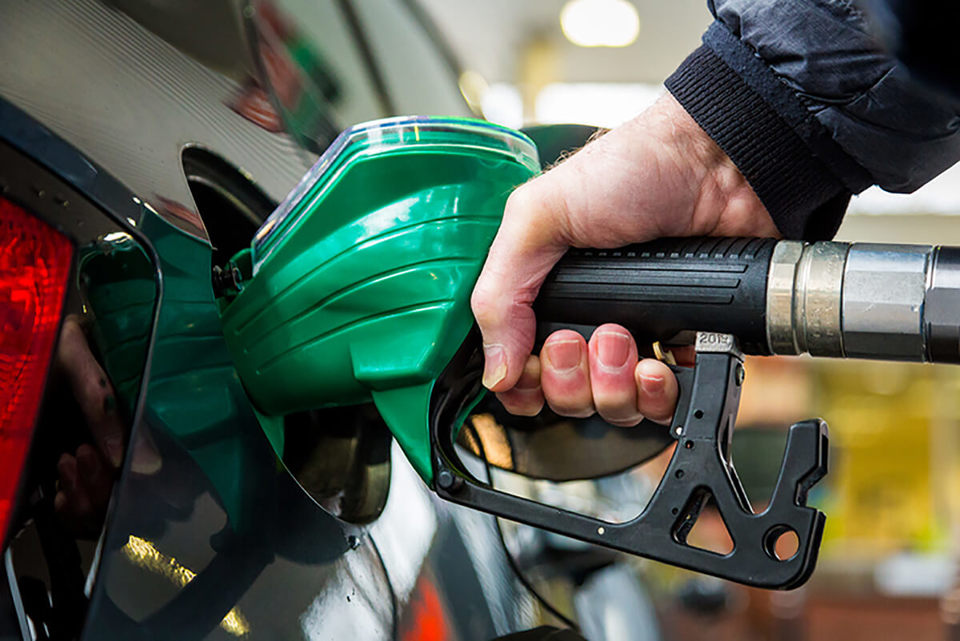




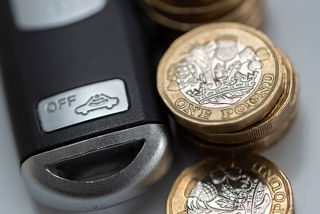
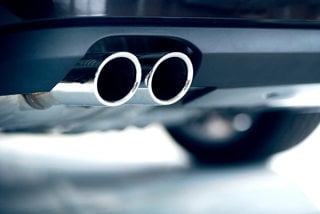
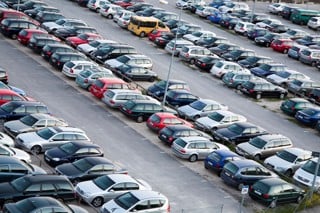










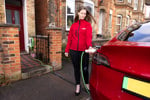



Login to comment
Comments
No comments have been made yet.